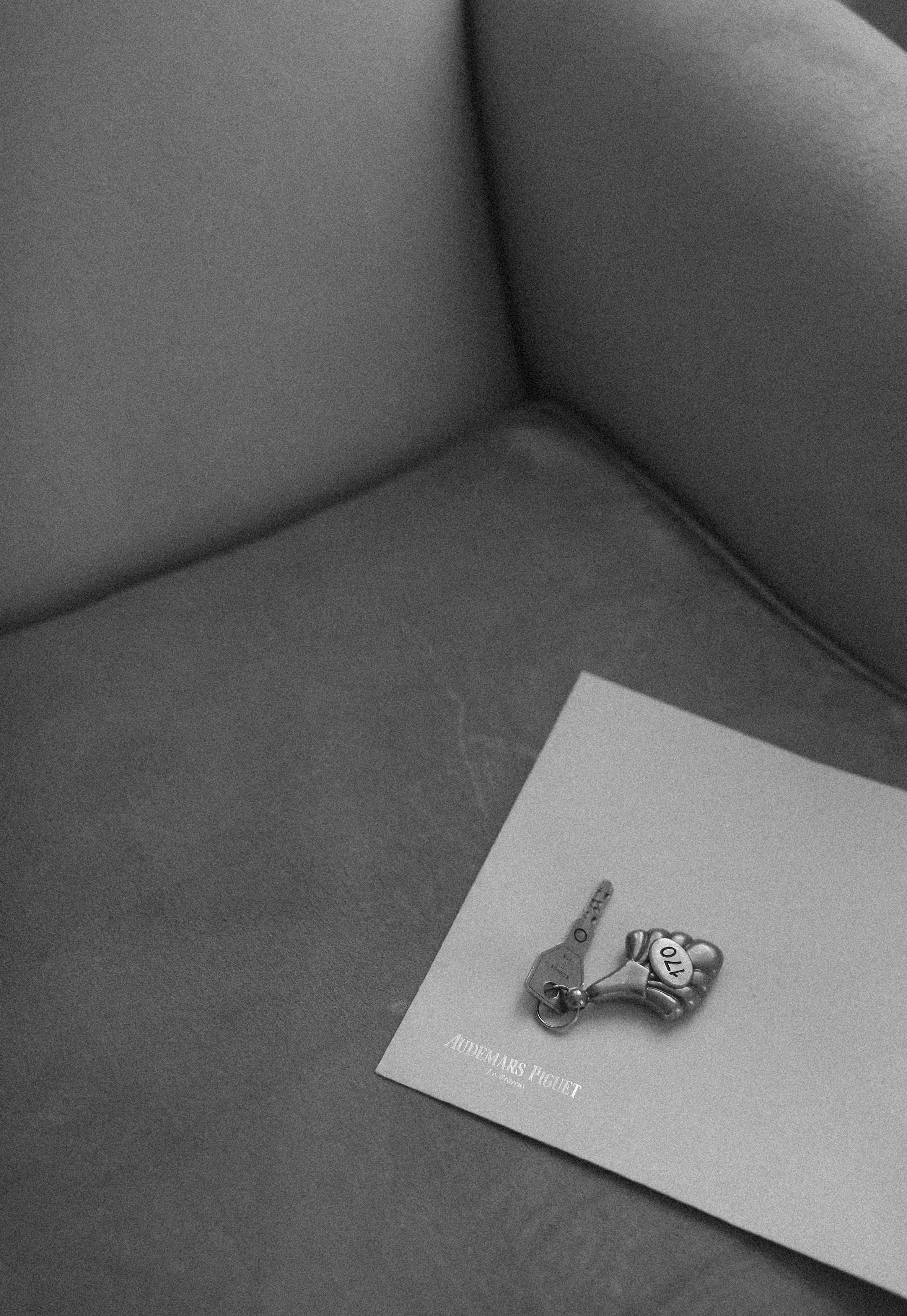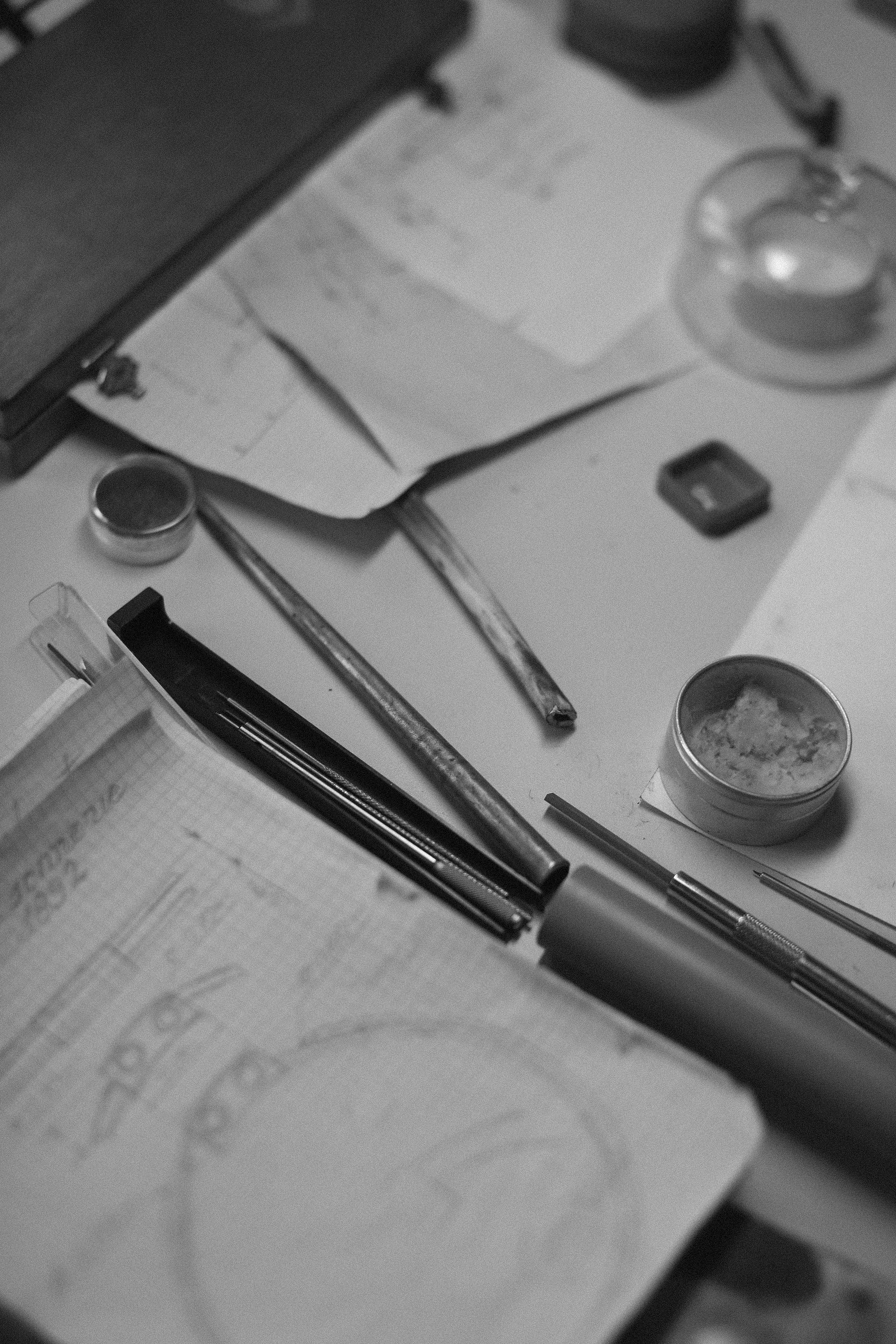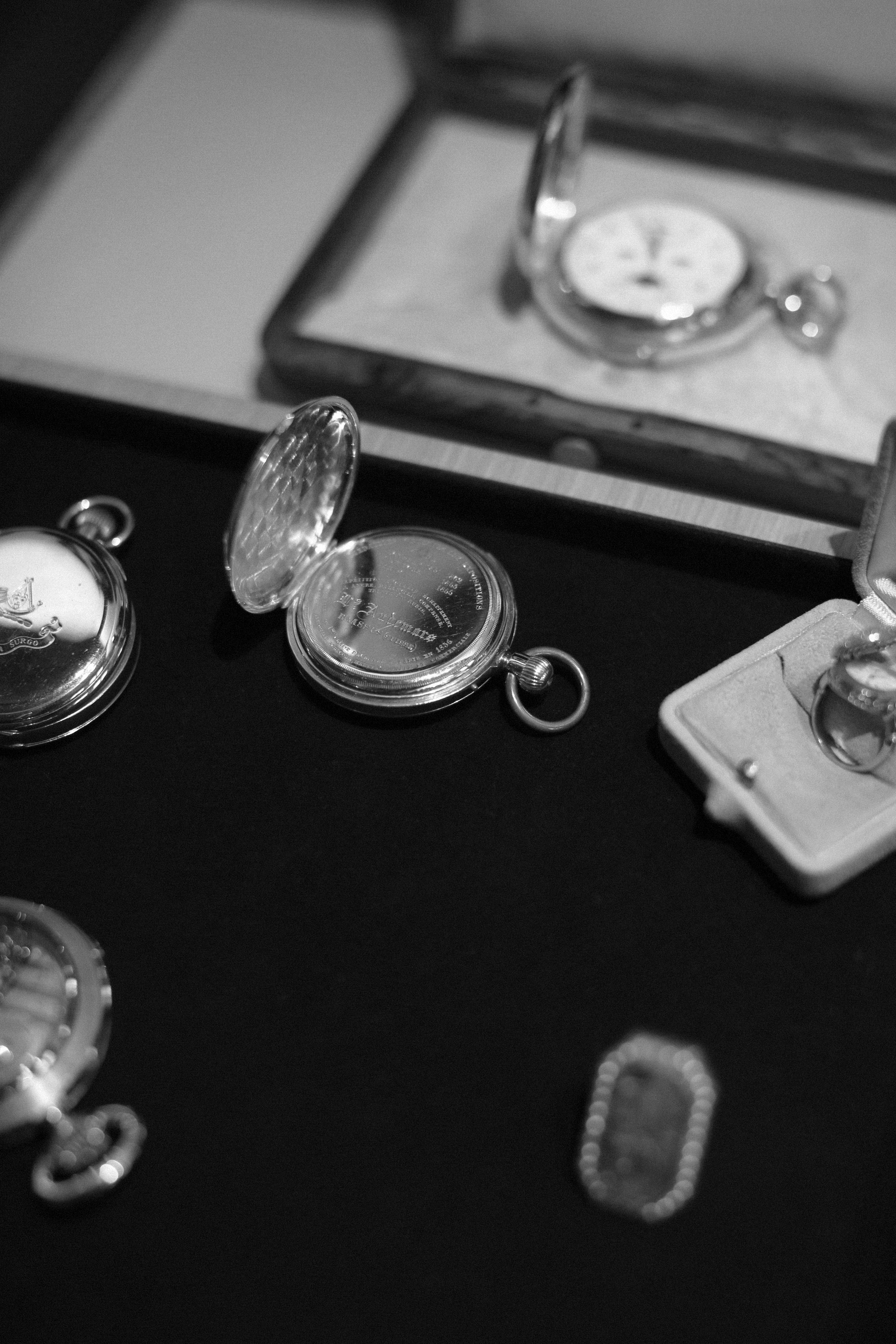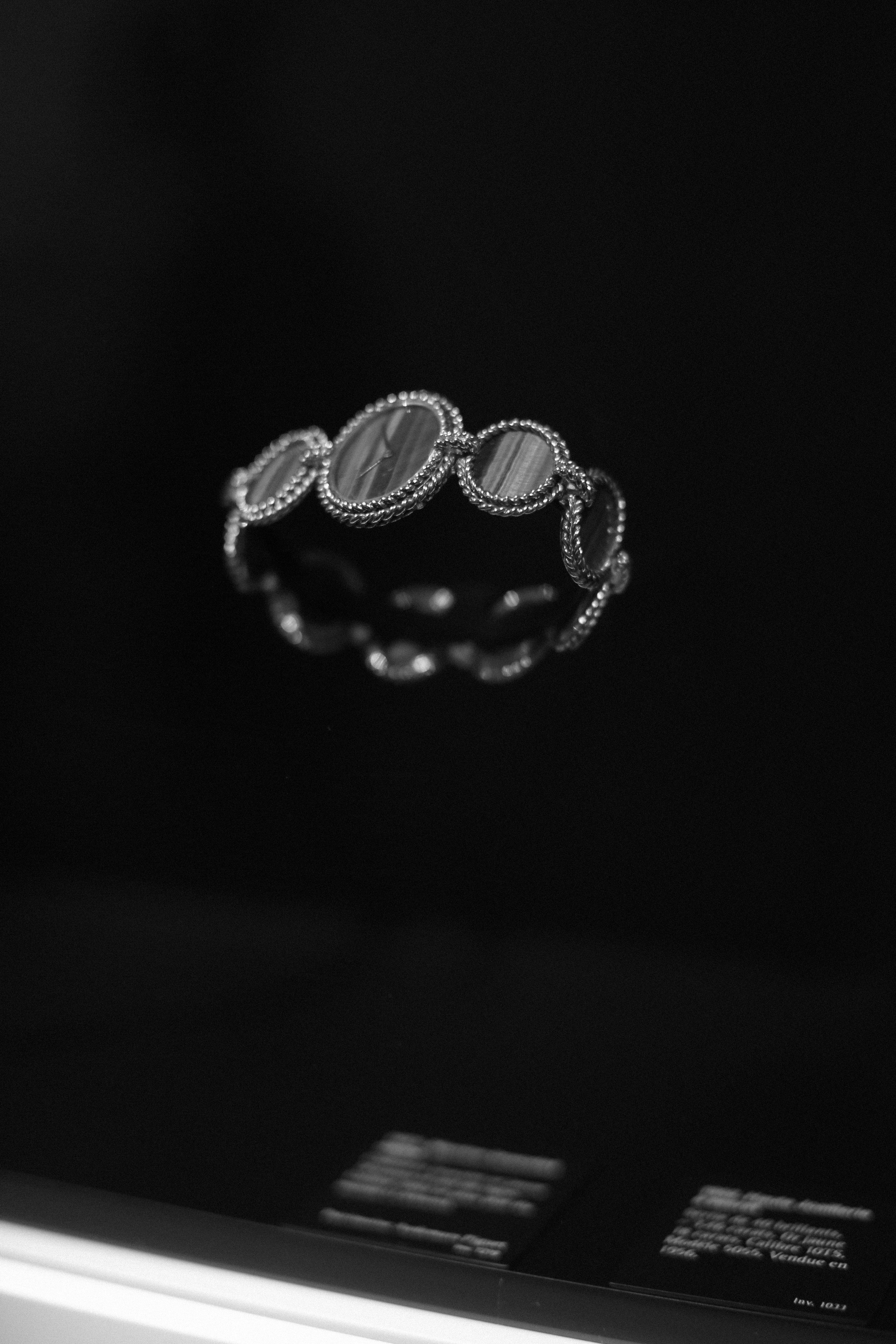A DAY
IN LE BRASSUS
A visit to the Audemars Piguet Manufacture
in partnership with AUDEMARS PIGUET shot on location in LE BRASSUS, SWITZERLAND
Upon entering the production rooms of the manufacture, a pleasant calm settles in. Watchmakers in white coats sit intently at their workstations, some of them wearing headphones, seemingly absorbed in themselves. The movements are quiet and calm. The room is bright. The midday light passes through the large windows. Behind them, green meadows, forests and mountains.
I am in Le Brassus. Invited by AUDEMARS PIGUET, one of the most traditional watch manufactures in Switzerland. It is a quiet area. Located in the Vallée de Joux, a high valley in the Swiss Jura, highly technical timepieces have been manufactured here since 1875. Time in abundance: the harsh climate, the complete isolation and the long winter months inspired Jules Louis Audemars and Edward Auguste Piguet early on to watchmaking. The natural resources of the area, such as the waters, iron ore and ice were the ideal conditions for the creation of the timepieces. Just like the clear night sky above the valley, with the stars symbolizing the passage of time. An obvious inspiration in the development of haute horlogerie—the high art of watchmaking.
The natural resources of the area, such as the waters, iron ore and ice were the ideal conditions for the creation of the timepieces. Just like the clear night sky above the valley, with the stars symbolizing the passage of time. An obvious inspiration in the development of haute horlogerie—the high art of watchmaking.
Located in the Vallée de Joux, a high valley in the Swiss Jura, highly technical timepieces have been manufactured here since 1875. Time in abundance: the harsh climate, the complete isolation and the long winter months inspired Jules Louis Audemars and Edward Auguste Piguet early on to watchmaking.
Tradition is clearly in focus. Audemars Piguet is still in the hands of the founding families today. A narrow country road led me to Le Brassus, to the remote high valley. Around me, nature. Pastures and dark forests. Arriving in the small town, I immediately feel the peace. A tranquility that is reflected just as much in the way the highly trained watchmakers work.
In the manufacture, I am guided through the halls. The production tables are much higher than the chairs. The watchmakers seem to be literally lying with their arms on them. Around them tiny parts, pliers, tweezers and other tools. Some parts are so small that you can only see them clearly by looking into the microscope.
I am led into a separate room. Here it seems even quieter. I am in the Grande Complication area – a place where particularly complicated watches are assembled. Consisting of 648 parts and a working time of six months, approximately twelve pieces are created here per year. Either way, the small number of pieces stands for Audemars Piguet. 40,000 watches are produced annually. Not a single one more. Today, the company still stands for the exalted art of watchmaking craftsmanship.
Started in 1875, the manufacture was mainly dedicated to the production of complicated pocket watches, which at the time were still often produced for third-party brands. The first models of Grande Complication were introduced in 1882: Models with chronograph function, perpetual calendar and minute repeater.
Started in 1875, the manufacture was mainly dedicated to the production of complicated pocket watches, which at the time were still often produced for third-party brands. The first models of Grande Complication were introduced in 1882: Models with chronograph function, perpetual calendar and minute repeater. The brand grew rapidly and by 1888 could boast sales outlets in France, Germany, England, Argentina and the United States. The increasing global fame required the construction of a new factory in 1907. Next to the old company building, the new factory was built, which houses today’s museum. Since its opening in 1992, not only watches are exhibited here: Documents and old working tools are collected and archived until today. Relics and motifs that remind us again of the time, of the silence of the Vallée de Joux, of the watchmakers’ concentrated and thoughtful way of working and of Audemars Piguet’s heritage.







